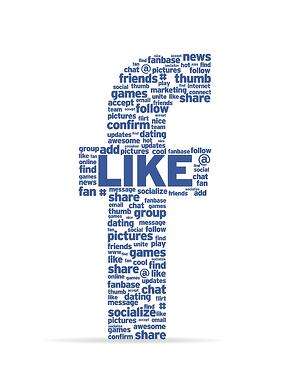
There's a big debate in the medical field today over whether it's worth adding a WiFi network to a practice's operations. There's some cost involved in the upgrade, and it does require upgraded security to adhere to HIPAA data-handling standards.
However, Wi-Fi brings several benefits to a medical facility that easily outweigh the initial costs. In fact, it benefits pretty much anyone who steps foot inside your practice: Your workers, your patients, and any other visitors.
 Save Money, Increase Productivity, and Create Happier Patients With WiFi for Doctors Offices
Save Money, Increase Productivity, and Create Happier Patients With WiFi for Doctors Offices
1 - Productivity Boosts
While electronic record-keeping undoubtedly helps hospital operations in uncountable ways, it brought with it one key problem: It meant your staff had to spend increasing amounts of time dealing with a desktop computer, rather than patients.
A nurse doing her rounds, for example, had to constantly head back to the nurse's station to input new information. That back-and-forth over the day adds up to a lot of time wasted, and away from patients.
With a clinical WiFi network, that requirement is lifted. Healthcare staff can just as easily carry tablet computers with them, as they used to use clipboards, inputting information as they go with minimal disruption.
That adds up to big boosts to time spent on patients, rather than hardware.
2 - Improved Patient Outcomes
There are two big arguments here:
-
One of the biggest problems with clinical recuperation is simple boredom, especially if it's paired with significant healing pains. Allowing patients access to Wi-Fi and their smart devices gives them far more ways to distract themselves from the discomfort of convalescence. Happier patients are, by and large, faster-healing patients.
-
A wireless network opens up the potential to put a full range of educational materials online, for patients to look at during their recovery. The sort of information usually reserved for discharge folders, can be made available earlier, giving patients more time to understand and adapt to their condition.
It's also worth mentioning that WiFi itself seems to be a factor in post-release HCAHPS patient satisfaction scores. Further, facilities with the best patient communications usually have much higher ratings, so WiFi brings you a one-two combo of HCAHPS improvements.
On top of that, better patient education also leads to fewer re-admissions. Some practices might even investigate having specialty software created to help educate their patients, hosted on the network, specifically to prevent needless (and costly) readmission.
3 - Attracting Visitors
Whether it's people "shopping around" for a specialty clinic, or just visitors for your patients, Wi-Fi brings more people to your door. Simply having public Wi-Fi available almost always leads to more walk-in traffic, since there are ever-increasing numbers of people who just can't stay away from their email or Facebook.
This can be especially helpful if your facilities have any additional on-site revenue streams, like a cafeteria or gift shop. Anything you do that encourages people to hang around increases the chances of them buying something while they're there.
Otherwise, you'll probably find many visitors only staying a short while, before leaving for someplace that does offer wireless.
Healthcare WiFi Makes Sense For Everyone
Wi-Fi is exploding everywhere, and it's not hard to see why. It brings nearly universal boosts to productivity and morale, as well as simply being expected by a large number of consumers these days.
Adding wireless networking to your exam room doesn't have to break the bank, and it'll almost immediately begin paying for itself. When combined with strong security, it's a tool that will help your bottom line across your operations.
To learn more, just ask Hummingbird Networks! As one of the west coast's most experienced providers of secure, BYOD-ready networks, we can bring 21st Century communications to your facility.
Contact us today for a free consultation and evaluation!











